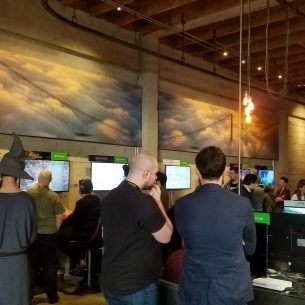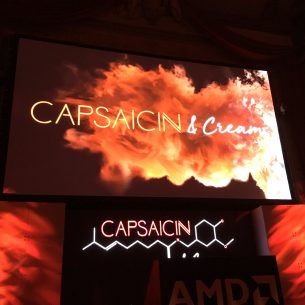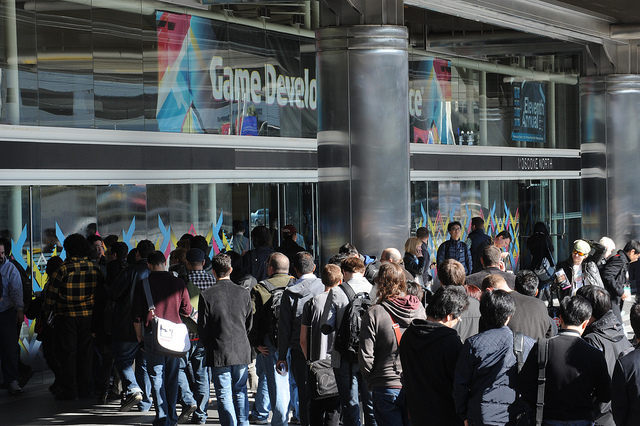Archive Post
Home / GDC 2017
GDC17: Indies Rule the House at Microsoft’s ID@Xbox Event
Article Written By: Tori Dominowski The Game Developers’ Conference lets independent game makers to show…
GDC 17: AMD Capsaicin & Cream Event Report
AMD held their second annual gathering of developers and press focusing on the company’s line-up…
Game Developers Choice Awards Nominees Unveiled
The Games Developer Conference (GDC) will once again play host to the industry's retrospective on…



